Rapamycin extends murine lifespan but has limited effects on aging
- PMID: 23863708
- PMCID: PMC3726163
- DOI: 10.1172/JCI67674
Rapamycin extends murine lifespan but has limited effects on aging
Abstract
Aging is a major risk factor for a large number of disorders and functional impairments. Therapeutic targeting of the aging process may therefore represent an innovative strategy in the quest for novel and broadly effective treatments against age-related diseases. The recent report of lifespan extension in mice treated with the FDA-approved mTOR inhibitor rapamycin represented the first demonstration of pharmacological extension of maximal lifespan in mammals. Longevity effects of rapamycin may, however, be due to rapamycin's effects on specific life-limiting pathologies, such as cancers, and it remains unclear if this compound actually slows the rate of aging in mammals. Here, we present results from a comprehensive, large-scale assessment of a wide range of structural and functional aging phenotypes, which we performed to determine whether rapamycin slows the rate of aging in male C57BL/6J mice. While rapamycin did extend lifespan, it ameliorated few studied aging phenotypes. A subset of aging traits appeared to be rescued by rapamycin. Rapamycin, however, had similar effects on many of these traits in young animals, indicating that these effects were not due to a modulation of aging, but rather related to aging-independent drug effects. Therefore, our data largely dissociate rapamycin's longevity effects from effects on aging itself.
Figures

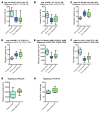

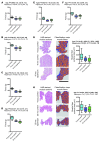
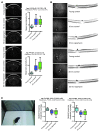

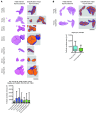
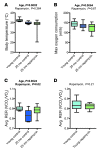



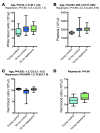
Comment in
-
Rapamycin extends life- and health span because it slows aging.Aging (Albany NY). 2013 Aug;5(8):592-8. doi: 10.18632/aging.100591. Aging (Albany NY). 2013. PMID: 23934728 Free PMC article.
-
Rapamycin, anti-aging, and avoiding the fate of Tithonus.J Clin Invest. 2013 Aug;123(8):3204-6. doi: 10.1172/jci70800. J Clin Invest. 2013. PMID: 24063054 Free PMC article.
References
-
- Olshansky SJ, Perry D, Miller RA, Butler RN. In pursuit of the longevity dividend. Scientist. 2006;20(3):28–36.
-
- Vellai T, Takacs-Vellai K, Zhang Y, Kovacs AL, Orosz L, Muller F. Genetics: influence of TOR kinase on lifespan in C. elegans. Nature. 2003;426(6967):620. - PubMed
Publication types
MeSH terms
Substances
LinkOut - more resources
Full Text Sources
Other Literature Sources
Medical
Molecular Biology Databases
Miscellaneous

